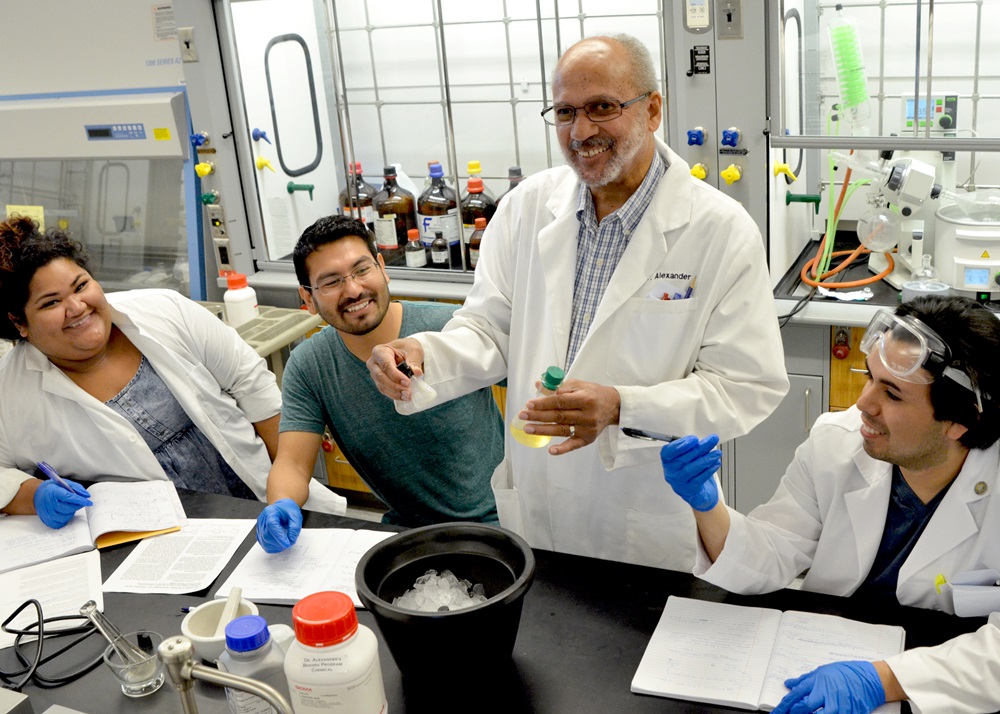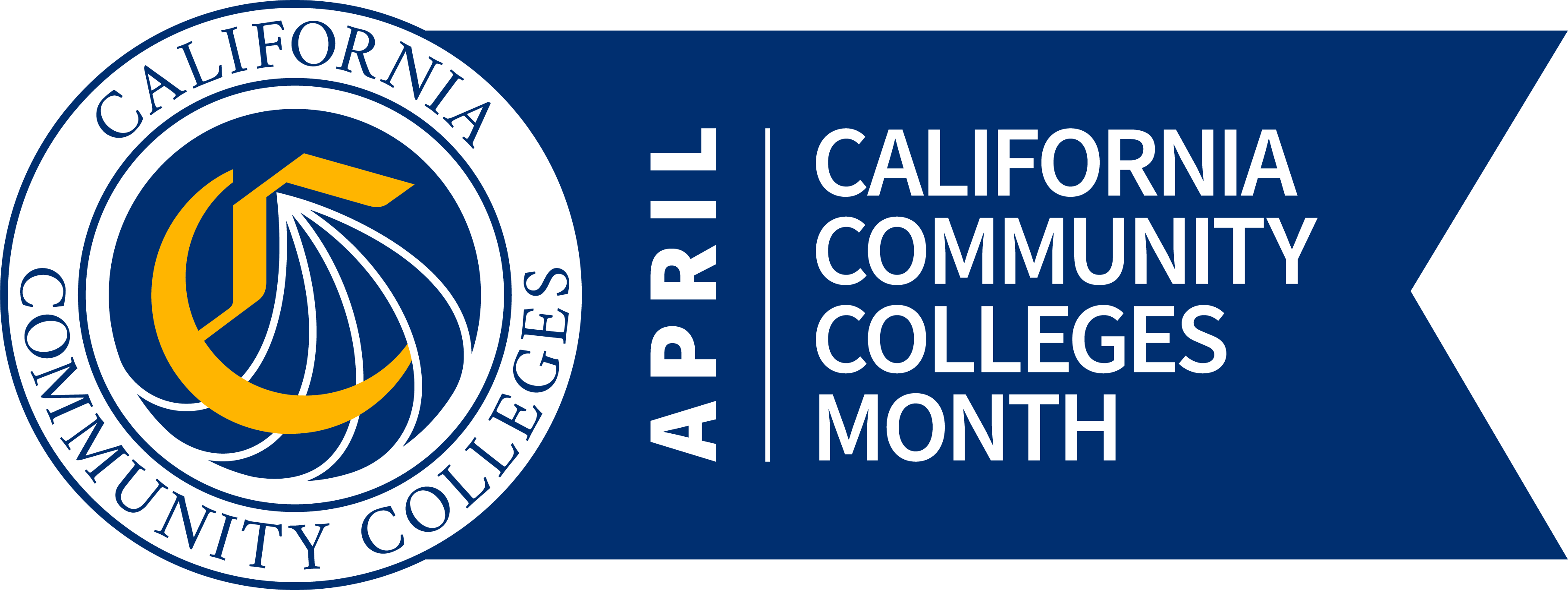This resource answers frequently asked questions about community college students in California and the system as a whole. The data snapshots include information on student demographics, programs, financial aid, developmental education reform, system employees and governance. In addition, the data illustrate how the system is meeting the Vision 2030 goals to:
- Increase by at least 20% annually the number of students who earn a degree, credential, or certificate (achieved);
- Increase by 35% the number of students transferring to a University of California or California State University campus (in progress);
- Decrease the average number of units accumulated by students earning associate’s degrees to 79 (in progress);
- Increase the number of students who get jobs in their field of study to 76% (in progress);
- Reduce equity gaps among underrepresented students by 40% over five years (in progress); and
- Eliminate regional achievement gaps in 10 years (in progress).
The data are primarily pulled from Chancellor’s Office sources including the State of the System Report, LaunchBoard and Data Mart, the California Student Aid Commission and other research organizations. Specific data sources are noted in each section.
Key Facts includes more information about the California Community Colleges and the system’s economic impact.
-

Student Enrollment and Demographics
The California Community Colleges is one of the largest and most diverse systems of higher education in the country. This section explores the racial and ethnic makeup of community college students in the state as well as their age, income level and enrollment preferences. -

Equitable Placement and Support
In 2017, Assembly Bill (AB) 705 was passed with the goal to reduce equity gaps in remedial education placement. The law requires that California Community Colleges maximize students’ probability of completing transfer-level course work in English and Math within one year of enrollment. The implementation of AB705 is expected to encourage instructional innovation, and reduce students’ time and cost to complete transfer-level courses.
-

Affordability and Financial Aid
The California Community Colleges want students to stay out of debt and strive to provide the most affordable college education in the nation. Community college students can access a number of resources to help pay for college. This section explores the cost of college tuition and other expenses that comprise students’ full cost of attendance, and the kinds of financial aid students access. -

Programs
California’s community colleges provide courses and programs tailored to students’ differing goals. Programs include those geared towards transfer to a four-year university, workforce training, and continuing education. This section provides a closer look at the most popular credit and noncredit programs offered across the system. -

Student Outcomes
The Chancellor’s Office student success data are guided by the Vision 2030 goals to improve students’ degree attainment and transfer, decrease their time to completion, support students work in their fields of study, and reduce equity gaps. -

Faculty and Staff Demographics
This section provides data on the faculty and staff across the system, including information about employee classifications and demographics.
-

System Governance
The California Community Colleges System includes 73 districts and 116 colleges. While the Chancellor’s Office functions include setting policy, guidance and funding allocations, many decisions are made at the district-and college-level. This section explains how colleges are organized and governed across the system.

